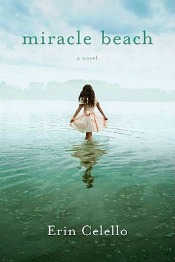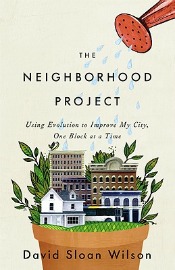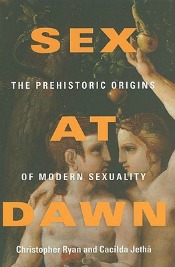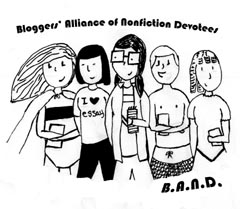My last books article before I left Madison was a a combo interview and review with Erin Celello, a Madison-area author who just published her debut novel, Miracle Beach. Here’s my plot summary, from the article:
Macy Allen, an accomplished horsewoman, relied on her husband, Nash, and her love for horses to help her cope with a chaotic childhood. After Nash is killed in an accident, Macy discovers a secret about his past that threatens the stability she has worked hard to develop and brings into question their entire marriage. Nash’s mother, Magda, blames Macy for Nash’s death and bitterly pulls herself away from the people she is closest too. Jack, Nash’s father, uses his son’s death as an excuse to visit Macy on Vancouver Island as attempt to feel closer to the son he lost touch with. As the three separately deal with their grief, a little girl arrives on the remote Canadian island who could be the impetus they need to begin to heal.
On the whole, Miracle Beach is a pretty good book. It’s told from three points of view — Macy, Magda, and Jack — and I was impressed with how well Celello was able to differentiate between them. I also liked that each of them was flawed, and Celello wasn’t afraid to make them behave badly when the situation warranted. Grief can make people do awful things, and the book accepts (maybe even embraces) that fact.
However, I did think some parts were a little more melodramatic than might have been necessary. I don’t like when fiction adds drama just for the sake of drama; I like when the drama moves both the plot and theme of the story along rather than just piling on emotional injury. It’s one of the reasons I want to stab my eye out reading/watching anything connected to Nicholas Sparks. (Not that Miracle Beach is like a Sparks’ novel — he was just the first author I thought of).
There are two incidents in Miracle Beach that illustrate that idea for me. The story opens with Nash’s death; he is killed by a horse going through a difficult labor. During the accident, Macy also has a miscarriage, losing the baby she and Nash had trouble conceiving. The double whammy of lost husband and lost baby in a single moment seems like a little too much — I didn’t really see the point in the miscarriage other than to make things seem worse. There’s also a moment later with the little girl and how she connects to Macy’s past that feels like a distraction rather than a revelation that advances the plot to explore the central question of the book (What would you do if the person who has the answers is dead?).
While interviewing Celello for my freelance story, I was excited to learn that Miracle Beach actually started out as a nonfiction story prompt while she was working on her MFA. We talked a bit about shifting from nonfiction to fiction, and what some of the connecting points are. When I asked her about what is different in writing fiction and nonfiction, Celello told me, “I see more similarities than differences. At the very heart of it is telling a story, and there are a lot of elements between the two that are share — drawing compelling characters, getting to the heart of why someone should care about them.” Yes, a million times yes.
On the whole, I thought Miracle Beach was a good read. Despite some moments when the plot felt like too much, I enjoyed the characters and wanted to know how they were going to cope. I appreciated that the book never tried to have all the answers and that even as it felt finished at the end there were still some questions left open for the characters and for the reader.
Other Reviews:
If you have reviewed this book, please leave a link to the review in the comments and I will add your review to the main post. All I ask is for you to do the same to mine — thanks!








